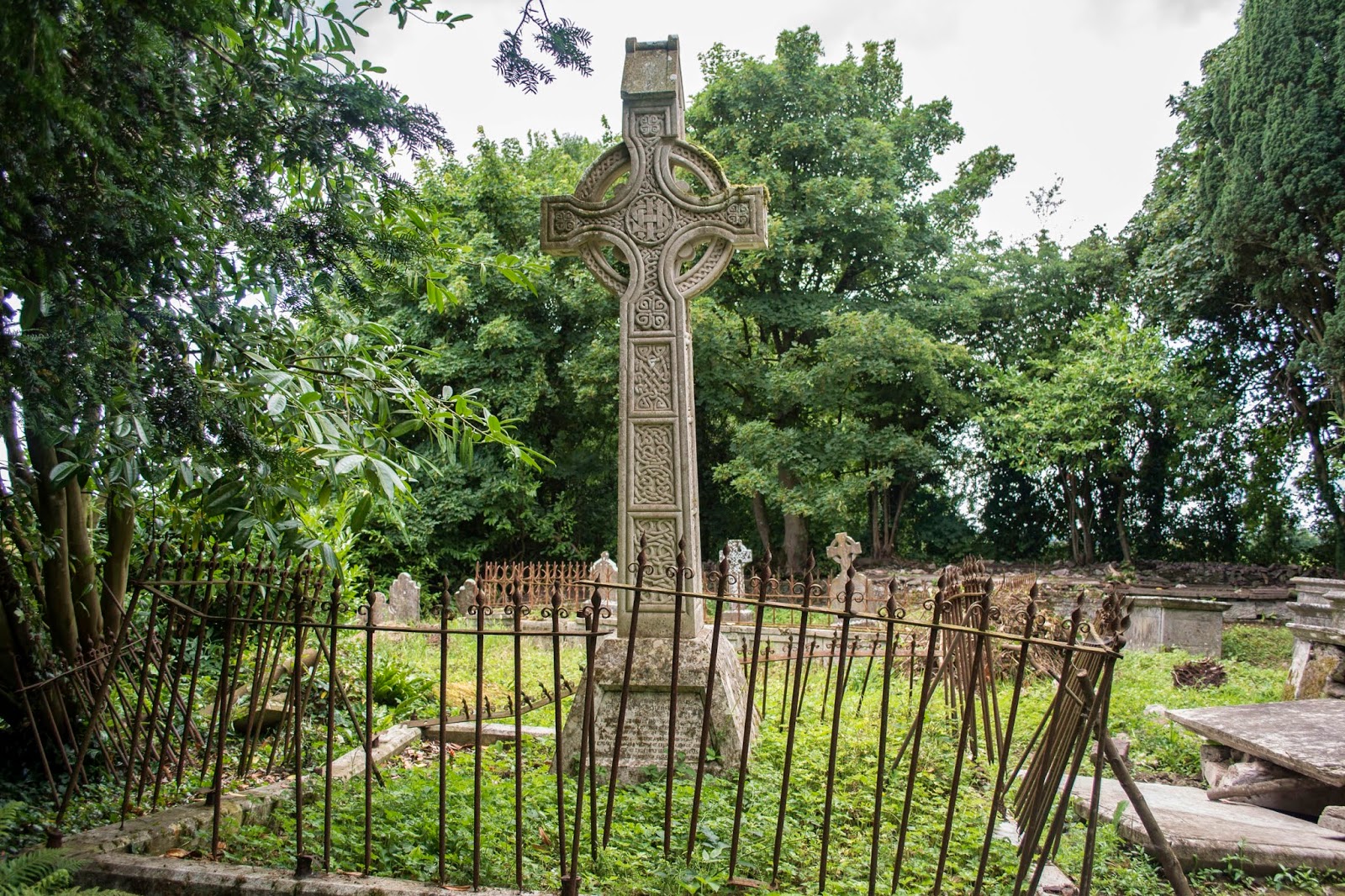It was built in 1819 with a loan of £500 from the Board of First Fruits, which was a Church of Ireland body established in 1711 to improve churches in Ireland.
There was quite a few gravestones that were damaged and opened slightly, like the one in the bottom right hand corner.
One of the tombs had a small gap that was just big enough to take some photos of the inside. The coffins looked like they were made of lead.
I suppose Yvette Fielding (Most Haunted) would say these were orbs, but i think it's dust on the lens. If anyone else knows what they are please do let me know.
I'll leave you with one of our cats Taz, who reminds me of a witches cat and who also knows she's not allowed on the table, so she's just tip-toeing around the edge. Sneaky eh!
Happy Halloween and thanks for visiting.

.jpg)





.jpg)
.jpg)
.jpg)

.jpg)
.jpg)
.jpg)
.jpg)
.jpg)
